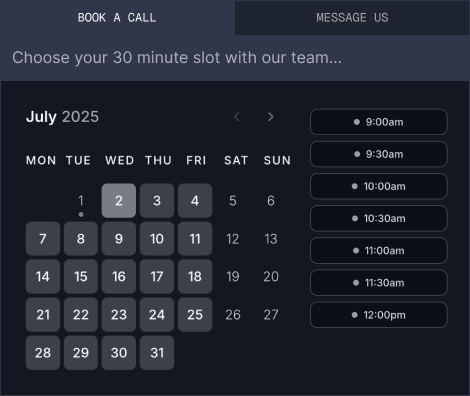
Understanding Libertum’s Token Standards
Feature
ERC3643 Security Token
ERC721 NonFungible Token (NFT)
ERC20 Bonding Token
Purpose
Tokenized Real World Assets (RWAs) under compliance
Unique digital assets (art, collectibles, identity)
Used for dynamic supply adjustments in DeFi
Regulatory Compliance
Fully compliant (KYC/AML enforced)
Usually noncompliant, but can have metadata restrictions
Typically noncompliant with regulations
Access Control
Requires identity verification (whitelisting needed)
Open to anyone (depends on contract rules)
Open to anyone (no identity restrictions)
Fungibility
Fungible (all tokens of the same type are identical)
Nonfungible (each token is unique)
Fungible (tokens are identical and interchangeable)
Use Case
Equity, real estate, debt instruments, regulated assets
Digital art, gaming assets, domain names, memberships
Liquidity provisioning, fundraising, governance
Transferability
Restricted based on KYC/AML requirements
Freely transferable, but marketplaces can impose limits
Free to transfer between any Ethereum wallets
Supply Mechanism
Fixed or controlled issuance
Unique, 1of1 or limited supply
Supply adjusts via bonding curves
Investor Protection
High – Compliance ensures investor rights
Low – Ownership is provable, but no investor protection
Low – No builtin compliance mechanisms
Liquidity / Flexibility
Limited – Only whitelisted investors can trade
Variable – Depends on demand for unique assets
High – Freely tradable on DEXs
Governance
Issuer controlled, follows legal frameworks
Creator or community controlled
Community-driven or automated bonding curve
Example Use Cases
Tokenized real estate, private equity, regulated investments
Digital collectibles, gaming assets, memberships
Staking, yield farming, liquidity mining
ERC3643 Security Token
Purpose
Tokenized Real World Assets (RWAs) under compliance
Regulatory Compliance
Fully compliant (KYC/AML enforced)
Access Control
Requires identity verification (whitelisting needed)
Fungibility
Fungible (all tokens of the same type are identical)
Use Case
Equity, real estate, debt instruments, regulated assets
Transferability
Restricted based on KYC/AML requirements
Supply Mechanism
Fixed or controlled issuance
Investor Protection
High – Compliance ensures investor rights
Liquidity / Flexibility
Limited – Only whitelisted investors can trade
Governance
Issuer controlled, follows legal frameworks
Example Use Cases
Tokenized real estate, private equity, regulated investments
ERC721 NonFungible Token (NFT)
Purpose
Unique digital assets (art, collectibles, identity)
Regulatory Compliance
Usually noncompliant, but can have metadata restrictions
Access Control
Open to anyone (depends on contract rules)
Fungibility
Nonfungible (each token is unique)
Use Case
Digital art, gaming assets, domain names, memberships
Transferability
Freely transferable, but marketplaces can impose limits
Supply Mechanism
Unique, 1of1 or limited supply
Investor Protection
Low – Ownership is provable, but no investor protection
Liquidity / Flexibility
Variable – Depends on demand for unique assets
Governance
Creator or community controlled
Example Use Cases
Digital collectibles, gaming assets, memberships
ERC20 Bonding Token
Purpose
Used for dynamic supply adjustments in DeFi
Regulatory Compliance
Typically noncompliant with regulations
Access Control
Open to anyone (no identity restrictions)
Fungibility
Fungible (tokens are identical and interchangeable)
Use Case
Liquidity provisioning, fundraising, governance
Transferability
Free to transfer between any Ethereum wallets
Supply Mechanism
Supply adjusts via bonding curves
Investor Protection
Low – No builtin compliance mechanisms
Liquidity / Flexibility
High – Freely tradable on DEXs
Governance
Community-driven or automated bonding curve
Example Use Cases
Staking, yield farming, liquidity mining
